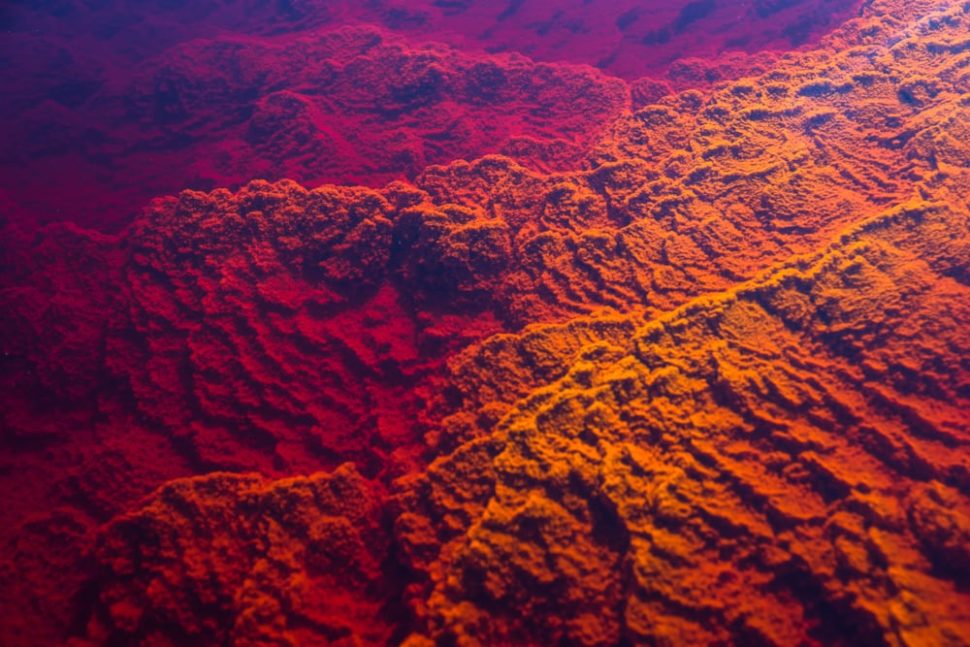The microbial life that can survive in the most inhospitable environments, like Earth’s stratosphere, may give scientists clues in how and where to look for life in other worlds.
On Earth, there are places where you would not expect life to survive. Environments like Death Valley, Antarctica, and even our stratosphere all seem to be uninhabitable, but we know that life can thrive even in these places.
In these environments that are considered “extreme” for humans and animals, there is one life form which thrives — extremophiles.
The name extremophile describes several microorganisms discovered on Earth living in “extreme habitats”.
Read More: Life Didn’t Begin on Earth–it was Transported Here by Space Dust
Extremophiles — The Indestructible Life Forms
These microbial life forms adapt to particular physiochemical conditions from which they harvest necessary energy for their survival.
The specific habitat conditions of extremophiles and their biological mechanisms have been the subject of intensive scientific research.
Extremophiles have such amazing powers that NASA Astrobiology Institute even made them trading cards, the Life in the Extreme Trading Cards.
Among the extremophilic organisms, there are psychrophilic or cryophiles — cold-resistant species found in the ice caps of polar regions and deep waters.
In contrast to psychrophiles, thermophilic microbes can withstand very high temperatures like those of geysers or hydrothermal vents.
Barophiles are able to survive in the depths of the ocean where the pressure is tremendous. Scientists found some strains of barophiles in the Mariana Trench, the deepest part in the world’s oceans.
Acidophiles and alkaliphiles consider environments with extreme pH levels their home.
There are many other extremophilic species, each with its unique survival ability developed in response to a specific extreme environment.
Tardigrades, aka water bears, might be the most famous, and probably toughest, of extremophiles.
Stratospheric Extremophiles and Alien Life
We live in the troposphere, the first layer of Earth’s atmosphere. Directly above the troposphere layer is the stratosphere.
The stratosphere is an extremely cold and dry environment subject to intense UV radiation bombardments.
Yet, according to a new study from microbiologists at the University of Maryland School of Medicine, there are extremophiles living in the stratosphere that “likely represents the upper altitudinal limit for life on our planet”.
“Generally, people don’t think of microbes being airborne. But there’s a saying in microbiology: Everything is everywhere,” Professor Shiladitya DasSarma, co-author of the study, told Astrobiology Magazine.
The team wants to compile what they call an “Atlas of Stratospheric Microbes”, where they would survey the entire stratosphere and catalog microbial organisms living there.
Such a huge and ambitious endeavor would take a long time, but it would certainly be a rewarding project for biology, astronomy, and even environmental protection.
“A program like that would be incredibly productive and interesting and worthwhile,” said one the researchers, “not only for what it could tell us about life on Earth, but also how cells could survive and even adapt to life on other planets. That has implications when it comes to planetary protection (not exposing other planets to terrestrial germs), and to astrobiology more generally.”
The extreme conditions reigning in Earth’s stratosphere resemble those in Mars’ atmosphere, thus providing, as researchers put it, “a great proxy”.
Deepening our understanding of “extreme life” here on Earth would inform our quest for alien life and help us refine the search in other worlds in the cosmos.



















Comments (0)
Least Recent